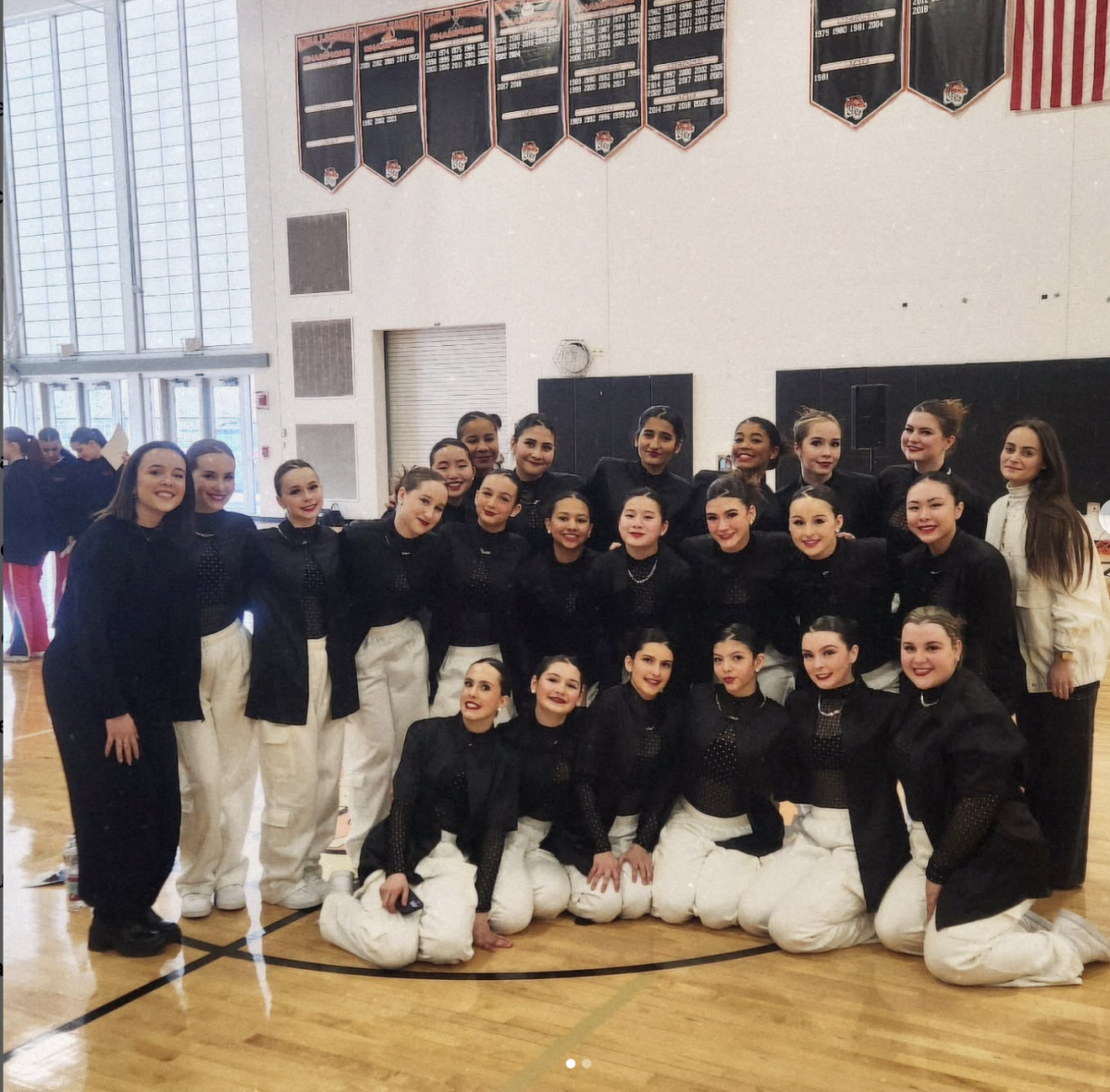As of late, smart glasses are hardly seen, but their promise was evident merely a few years ago. The announcement of the Google Glass in 2012 brought a shockwave of interest, with many hypothesizing that the eyewear would revolutionize the tech industry. It promised to have the ability to take photos and video, make phone calls, and search the web, all on a small attachment to an everyday pair of glasses. Writer Samuel Gibbs of The Guardian called it “genuinely useful.”
Upon its release, the glasses had little impact. One major hindrance on the device’s success was the Glass’ physical appearance. The attachment to a pair of glasses was clearly visible and at times awkward; its screen came out in front of the lens, creating a high-tech image that is all but subtle. Users complained about the social repercussions of wearing the device, as many found it uncomfortable to have conversations with the knowledge that the other person could be on the internet inside their lenses. For all they knew, a video of them could have been taken without their consent. Gibbs claims that “it feels socially inappropriate much of the time” to wear Google Glass. Awkward swipes of the finger on the frame control the screen, making the glasses far more noticeable than they were marketed to be. Its visibility clearly distinguishes the wearer, to the point where Gibbs’ family “refused to be seen” with him while he wore the glasses. The public preferred a more discrete, less visible product, resulting in the Google Glass being discontinued in 2015.
Now, Intel seems to have answered the call with their “Vaunt” glasses. Vaunt is made to succeed where the Google Glass failed with a sleek and wearable design. The Verge’s Dieter Bohn explains, “there is no camera to creep people out, no button to push, no gesture area to swipe, no glowing LCD screen, no weird arm floating in front of the lens, no speaker, and no microphone (for now).”
Vaunt appears just like a normal pair of glasses. Itai Vonshak, head of products for Intel’s New Devices Group, emphasizes wearability above all. “Head-worn products are hard because people assign a lot of attributes to putting something on their head,” he said. Adding, “Everything from the ground up is designed to make the technology disappear.” Vonshak wants there to be “zero social cost” to wearing the glasses.
The way Intel was able to do this is by eliminating the screen entirely and instead opting for a projector on the inside of the frame. The appropriate wavelengths of light are reflected directly into the wearer’s retina, which Intel calls “retinal projection.” Considering that the light goes directly to the back of the eye, clarity of the image is the same for any level of eyesight. One small drawback is that the glasses must be fitted to the correct distance between the wearer’s pupils. Said distance is measured on the individual so the light on the glasses frame enters the eye at the right angle. Therefore, it is not possible to simply buy the glasses online; going to a store to get a fitting is necessary.
Vaunt also prides itself on avoiding intrusion on the wearer’s life. Images shine in the bottom right corner of the field of view, only visible when they are looking down disappearing otherwise. If you don’t want to see an image projected, you don’t have to. Intel understands that the user does not want to be flooded with notifications in their vision, as Vaunt will only show relevant information like directions or incoming calls.
Vaunt will not send shockwaves in the tech community, but it marks a significant step towards making smart glasses a mainstream product. The main problem with the smart glasses industry is that no one wants to wear them. A nearly unrecognizable product like Vaunt has the potential to introduce the idea that smart glasses can be an everyday item. Once that line is crossed and consumers are willing to use products like this one, the floodgates are open for smart glasses to take over tech like smartphones did upon the release of the iPhone.
Vaunt will be available later this year for developers to begin work, but it is currently unknown when the product will hit the market. When it does, don’t be surprised if we see people wearing them in the street; then again, we may not notice if they actually are.
Categories:
Technology Today: Why smart glasses may be on the rise
March 12, 2018
Donate to The Newtonite
More to Discover














































